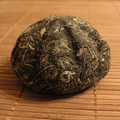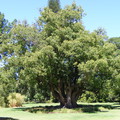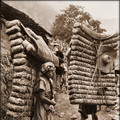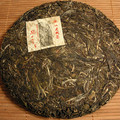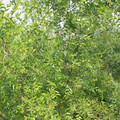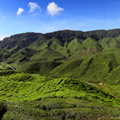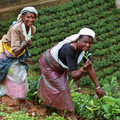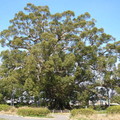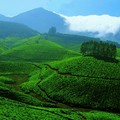Where does Camphor flavor in Puerh tea come from?
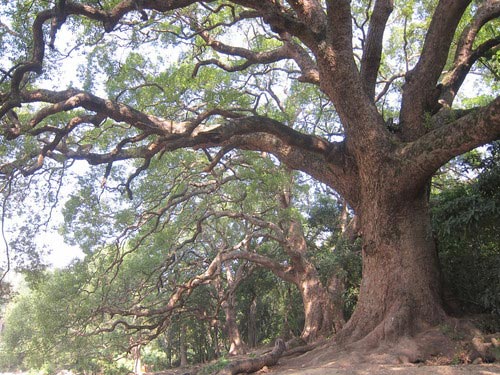
Photos Tags: Pu-erh
- Discussion: 0 comments
- Write a comment
Teas - Pu-erh
Ancient Puerh
 0 reviews
0 reviewsThis is raw (sheng), aged puerh tea harvested in 2010. The tuocha (tea cake) is made of...
2015 White 2 Tea Pin
 0 reviews
0 reviews2015 Pin Raw Puer Tea 200g from White2tea. The Pin is a blend of three years of high...
2002 Fu Cha Ju Ailaoshan Ripe Puerh Cake
 2 reviews
2 reviewsThis high quality ripe cake is made of spring large-leaf varietal arbor tea from Ailao...
2014 White2Tea New Amerykah 2
 1 review
1 reviewAn old arbor Menghai blend. Thick body, lingering kuwei [pleasant bitterness], and...
2005 (2015) Chawangpu Bulang Shan Old
 0 reviews
0 reviewsThis tea was found in friend´s warehouse in Menghai where was stored since 2005. Clean...
2012 Mangzhi Huang Shan Cha Xiao Bing
 1 review
1 reviewThis tea came from Mangzhi mountain which is located in the west of Xiangming village...
Quotes - Pu-erh
„There is also a lack of formal definition for "gu shu." Some say "gu shu" should only refer to trees over 300 years of age, that is left to grow tall, and not pruned back. But in reality, most "gu shu" trees are cultivated, which entails annual pruning to encourage regrowth & lower branches for easy picking. A lot of "gu shu" on the market comes from trees as young as 100 years old, some of which is as short as 1.5m high. But a 100 year old tea tree growing in the wild can also grow higher than 3m high. Eventually the government will legislate what classifies as "gu shu." Until then, let the buyer beware!“

Quotes Tags: Pu-erh, Gushu, Tea production
Video - Pu-erh
Tea by region
Remember what tea did you drink year ago?
Create your own collection of favorite teas and keep the track what you have drunk.
We will help you with tea selection.
Do you like quality loose tea?
We will help you to find the right one for you. Be inspired by tea ratings of other tea lovers. Rating stars could help you.


Latest posts
07.06.2025 @ 07:48:53 - lalo233:
The unforgiving landscapes of Arrakis in Dune: Awakening demand a mastery of combat....
07.06.2025 @ 07:48:50 - lalo233:
The unforgiving landscapes of Arrakis in Dune: Awakening demand a mastery of combat....
01.01.2016 @ 18:14:35 - Eternal Spring:
WeRateTea.com wish you all the best for 2016!...
07.12.2015 @ 09:07:02 - sypalino:
I decided to taste this tea 2 weeks after delivery. The cake is lightly pressed, so...
09.11.2015 @ 21:58:19 - Eternal Spring:
Comparison of 2013 Bada Pu-erh.sk with <a...
09.11.2015 @ 09:34:07 - Eternal Spring:
Lao Yu 2013 is now about 2,5 years old tea and out of this 1,5 year stored in Europe....
09.11.2015 @ 09:33:11 - Eternal Spring:
Comparison of all three Lao Yu is now done :)
15.10.2015 @ 11:06:37 - Eternal Spring:
2015 Chawangpu Collection – I can only tell, that all teas are very good :)
09.10.2015 @ 10:31:19 - Eternal Spring:
It was quite long and difficult tasting to make a decision… There is still quite...
24.01.2015 @ 16:55:57 - Eternal Spring:
WeRateTea.com wish you all the best for 2015!...
Review your cup of tea.
Review the tea you are drinking and help other tea lovers to find the right cup of tea.



Theme
Quotes
„shai qing; 晒青 - Sun dried. This is a critical aspect of Puer Tea processing. Oven dried tea is considered inferior to sun-dried. The Provincial Government has ruled that Puer tea must be sun-dried.“



 Shops
Shops Share on Facebook
Share on Facebook






